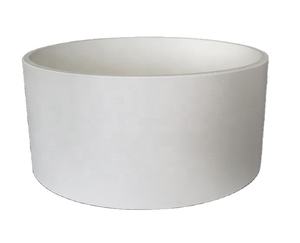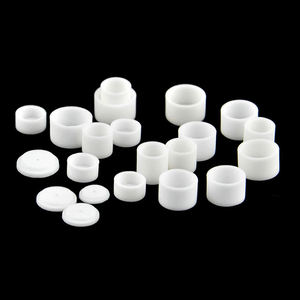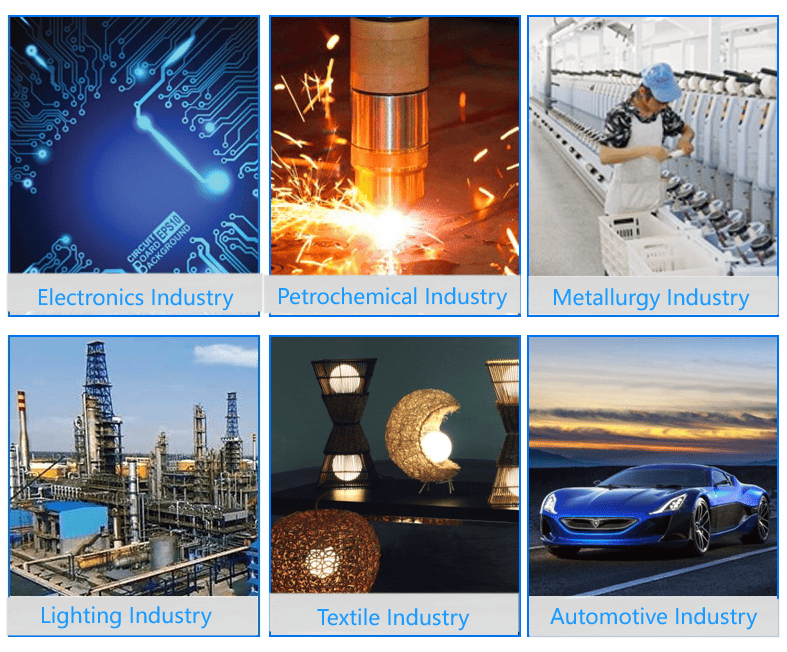Discover Premium Ceramic Products | Durability & Elegance United | Advanced Ceramics
PRODUCT PARAMETERS
Description
Introduction to Alumina Ceramics
Alumina ceramics are known for their high hardness, wear resistance, corrosion resistance, good electrical insulation and high temperature stability. According to the different alumina content, it can be divided into different grades, such as 95 porcelain, 99 porcelain, etc., among which 99 porcelain refers to ceramic materials with an alumina content of 99%. As the alumina content increases, its mechanical strength and electrical insulation properties will also increase accordingly.
Characteristics of Alumina Ceramics
High Hardness: Alumina ceramics have extremely high hardness, which makes it very wear-resistant and suitable for manufacturing abrasive tools and parts that require wear resistance.
Wear resistance: Due to its high hardness, alumina ceramics show excellent wear resistance and are suitable for manufacturing parts for long-term use.
Corrosion resistance: Alumina ceramics have good resistance to most acids and alkalis, making them widely used in the chemical industry.
Good electrical insulation: As an excellent electrical insulating material, alumina ceramics are widely used in electronic and electrical products.
High temperature stability: Ability to withstand extremely high temperatures without significant physical or chemical changes, which makes it an ideal choice for applications in high temperature environments.
Biocompatibility: In the medical field, certain grades of alumina ceramics are used to make medical devices such as artificial joints due to their good biocompatibility.
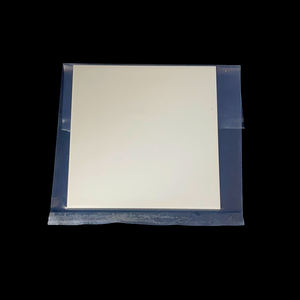
(Steatite Ceramic Insulated Ceramic Structural Components Alumina Ceramic Assembly Parts)
Specifications of Steatite Ceramic Insulated Ceramic Structural Components Alumina Ceramic Assembly Parts
Steatite ceramic shielded structural components and alumina ceramic assembly parts are made for high-performance applications. These materials supply excellent electric insulation, thermal stability, and mechanical sturdiness. Steatite ceramic components deal with severe temperature levels approximately 1000 ° C. They withstand thermal shock and preserve security in rising and fall heat problems. Their reduced dielectric loss makes them excellent for electronic devices, sensing units, and insulators. Alumina ceramic parts contain 95% or greater aluminum oxide web content. This ensures high solidity, put on resistance, and chemical inertness. They run dependably in harsh settings and high-pressure systems.
Both materials supply accurate dimensional precision. Customized sizes and shapes are attainable through innovative machining. Surface finishes can be brightened or left as-fired based upon application demands. Steatite ceramics excel in high-frequency circuits because of minimal signal loss. Alumina parts prevail in industrial equipment, clinical gadgets, and aerospace systems. Their non-porous framework avoids contamination in sterilized atmospheres.
Steatite’s reduced thermal development reduces breaking under fast temperature level changes. Alumina’s high compressive stamina supports heavy lots without deformation. These porcelains are compatible with steel and plastic components in intricate assemblies. Joints and seals continue to be secure under resonance or stress. Personalized threading, grooves, and placing factors are offered for simple assimilation.
Electrical residential properties include high resistivity and arc resistance. Steatite insulators stop existing leak in high-voltage tools. Alumina parts shield delicate electronic devices from electro-magnetic interference. Both products satisfy strict industry criteria for safety and security and performance. Examining includes checks for thickness, porosity, and thermal conductivity.
Applications cover power generation, auto systems, and telecommunications. Steatite is made use of in heater fittings, thermocouple tubes, and ignition systems. Alumina serves in pump seals, shutoff components, and laser housings. Their resistance to abrasion prolongs service life in extreme problems. Customized designs accommodate certain voltage, temperature level, or mechanical demands. Production processes focus on uniformity and quality control. Each batch undergoes strenuous assessment for issues.
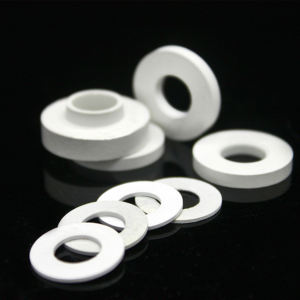
(Steatite Ceramic Insulated Ceramic Structural Components Alumina Ceramic Assembly Parts)
Applications of Steatite Ceramic Insulated Ceramic Structural Components Alumina Ceramic Assembly Parts
Steatite ceramic insulated structural parts and alumina ceramic assembly components offer critical functions across numerous sectors. These products manage extreme problems. They give reputable efficiency in high-temperature atmospheres. Steatite ceramics offer exceptional electric insulation. They withstand heat up to 1000 ° C. This makes them perfect for electrical systems. Applications include insulators, adapters, and housings in power distribution equipment. They are common in circuit breakers and transformers. Their reduced thermal development makes certain stability under rapid temperature adjustments. Alumina ceramics have high mechanical toughness. They endure wear and corrosion. These homes fit severe industrial settings. Alumina parts are used in pumps, valves, and cutting tools. They perform well in abrasive or chemically hostile environments. Clinical gadgets make use of alumina elements for biocompatibility. Semiconductor manufacturing counts on their accuracy and pureness. Both materials add to automotive improvements. Steatite insulators handle warm in electric lorry batteries. Alumina parts boost engine performance by decreasing friction. Aerospace applications gain from their lightweight resilience. Steatite porcelains shield sensors in jet engines. Alumina elements sustain anxiety in wind turbine systems. Energy fields make use of these porcelains in photovoltaic panels and wind generators. They maximize power conversion and transmission. Steatite insulators stop electric leakage in high-voltage lines. Alumina components maintain elements in geothermal systems. Industrial machinery depends upon their longevity. Steatite ceramics reduce downtime in manufacturing processes. Alumina expands the life-span of durable equipment. Electronics manufacturers pick these materials for miniaturized gadgets. Their portable style supports contemporary technology needs. Steatite ceramics make sure security in family devices. Alumina components preserve precision in robotics. These ceramics adapt to progressing market requirements. They incorporate functionality with cost-effectiveness. Their versatility drives innovation in engineering options.
Company Introduction
Advanced Ceramics founded on October 17, 2014, is a high-tech enterprise committed to the research and development, production, processing, sales and technical services of ceramic relative materials and products.. Since its establishment in 2014, the company has been committed to providing customers with the best products and services, and has become a leader in the industry through continuous technological innovation and strict quality management.
Our products includes but not limited to Silicon carbide ceramic products, Boron Carbide Ceramic Products, Boron Nitride Ceramic Products, Silicon Carbide Ceramic Products, Silicon Nitride Ceramic Products, Zirconium Dioxide Ceramic Products, Quartz Products, etc. Please feel free to contact us.(nanotrun@yahoo.com)
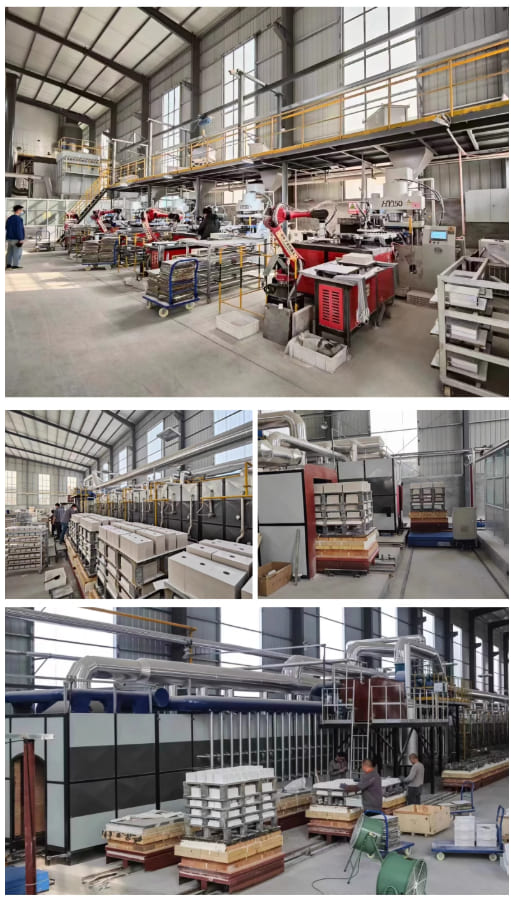
Payment Methods
T/T, Western Union, Paypal, Credit Card etc.
Shipment Methods
By air, by sea, by express, as customers request.
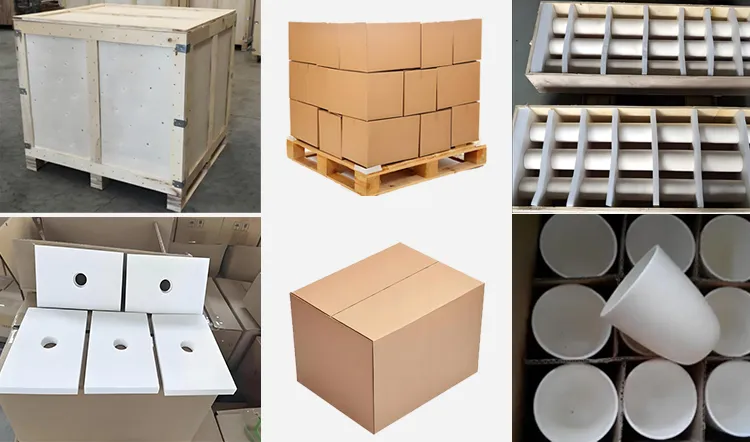
5 FAQs of Steatite Ceramic Insulated Ceramic Structural Components Alumina Ceramic Assembly Parts
Steatite ceramic insulated ceramic structural components alumina ceramic assembly parts serve various industrial applications. People often ask common questions about these products. Here are five FAQs with straightforward answers.
What industries use these ceramic parts? These parts work in high-temperature settings. Examples include furnace linings, electronic insulators, aerospace components. Automotive and manufacturing sectors rely on them for heat management and structural stability.
Why choose ceramic over metal parts? Ceramic handles extreme heat better. It insulates electricity more effectively. Metal can warp or conduct unwanted currents. Ceramic resists corrosion and lasts longer under stress. This makes operations safer and more reliable.
What is the difference between steatite and alumina ceramics? Steatite has lower thermal conductivity. It suits electrical insulation projects. Alumina offers higher mechanical strength. It withstands abrasive environments better. Both materials excel in different scenarios based on project needs.
Can these parts be customized? Yes. Manufacturers adjust sizes, shapes, and hole patterns. Customization ensures parts fit specific machinery or processes. Always share exact requirements with suppliers to avoid mismatches.
How should these parts be handled during installation? Ceramics are durable but brittle. Avoid dropping them or applying sudden force. Use tools designed for ceramic materials. Follow manufacturer guidelines for mounting and alignment. Proper handling prevents cracks and extends part life.

(Steatite Ceramic Insulated Ceramic Structural Components Alumina Ceramic Assembly Parts)
REQUEST A QUOTE
RELATED PRODUCTS
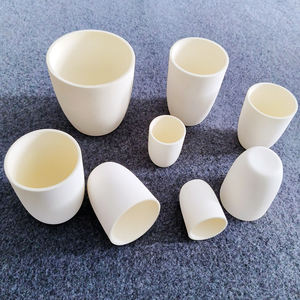
s Whole Flame Retardant Customized 99% Alumina Ceramic Tube
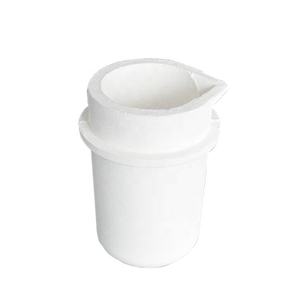
Long Service Life Alumina Ceramic Parts Aluminum Oxide Refractory Ceramic Tube Ceramic Shaft for Various Kinds of Pumps
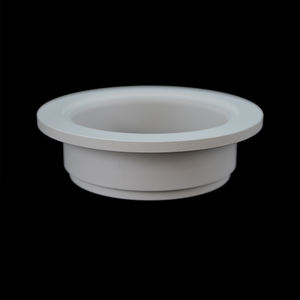
95/99.7 Percentage High Alumina Ceramic Tube
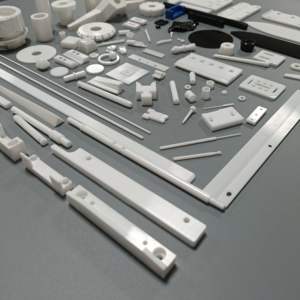
Industrial Electrical Technical Machinery Custom High Heat Resistant Ceramics Alumina Structural Parts
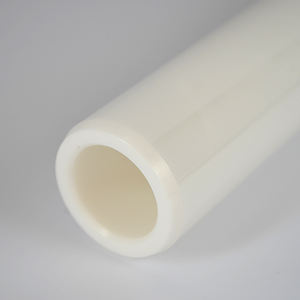
Good Surface Energy-Saving Aluminum Oxide Al2O3 Alumina Ceramic Sintering Tray
